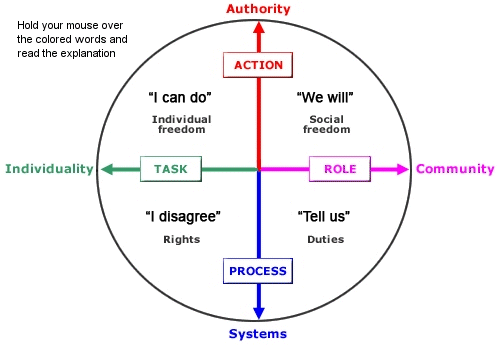Operations management is an area of management concerned with overseeing, designing, and controlling the process of productionand redesigning business operations in the production of goods or services. It involves the responsibility of ensuring that businessoperations are efficient in terms of using as few resources as needed, and effective in terms of meeting customer requirements. It is concerned with managing the process that converts inputs (in the forms of raw materials, labor, and energy) into outputs (in the form of goods and/or services). The relationship of operations management to senior management in commercial contexts can be compared to the relationship of line officers to highest-level senior officers in military science. The highest-level officers shape the strategy and revise it over time, while the line officers make tactical decisions in support of carrying out the strategy. In business as in military affairs, the boundaries between levels are not always distinct; tactical information dynamically informs strategy, and individual people often move between roles over time.
According to the United States Department of Education, operations management is the field concerned with managing and directing the physical and/or technical functions of a firm ororganization, particularly those relating to development, production, and manufacturing. Operations management programs typically include instruction in principles of general management, manufacturing and production systems, factory management, equipmentmaintenance management, production control, industrial labor relations and skilled trades supervision, strategic manufacturing policy, systems analysis, productivity analysis and cost control, and materials planning.[2][3] Management, including operations management, is likeengineering in that it blends art with applied science. People skills, creativity, rational analysis, and knowledge of technology are all required for success.
Contents
History
The history of production and operation systems began around 5000 B.C. when Sumerian priests developed the ancient system of recording inventories, loans, taxes, and business transactions. The next major historical application of operation systems occurred in 4000 B.C.


 An Environmental Management System (EMS) is a framework that helps a company achieve its environmental goals through consistent control of its operations. The assumption is that this increased control will improve the environmental performance of the company. The EMS itself does not dictate a level of environmental performance that must be achieved; each company's EMS is tailored to the company's business and goals.
An Environmental Management System (EMS) is a framework that helps a company achieve its environmental goals through consistent control of its operations. The assumption is that this increased control will improve the environmental performance of the company. The EMS itself does not dictate a level of environmental performance that must be achieved; each company's EMS is tailored to the company's business and goals.






